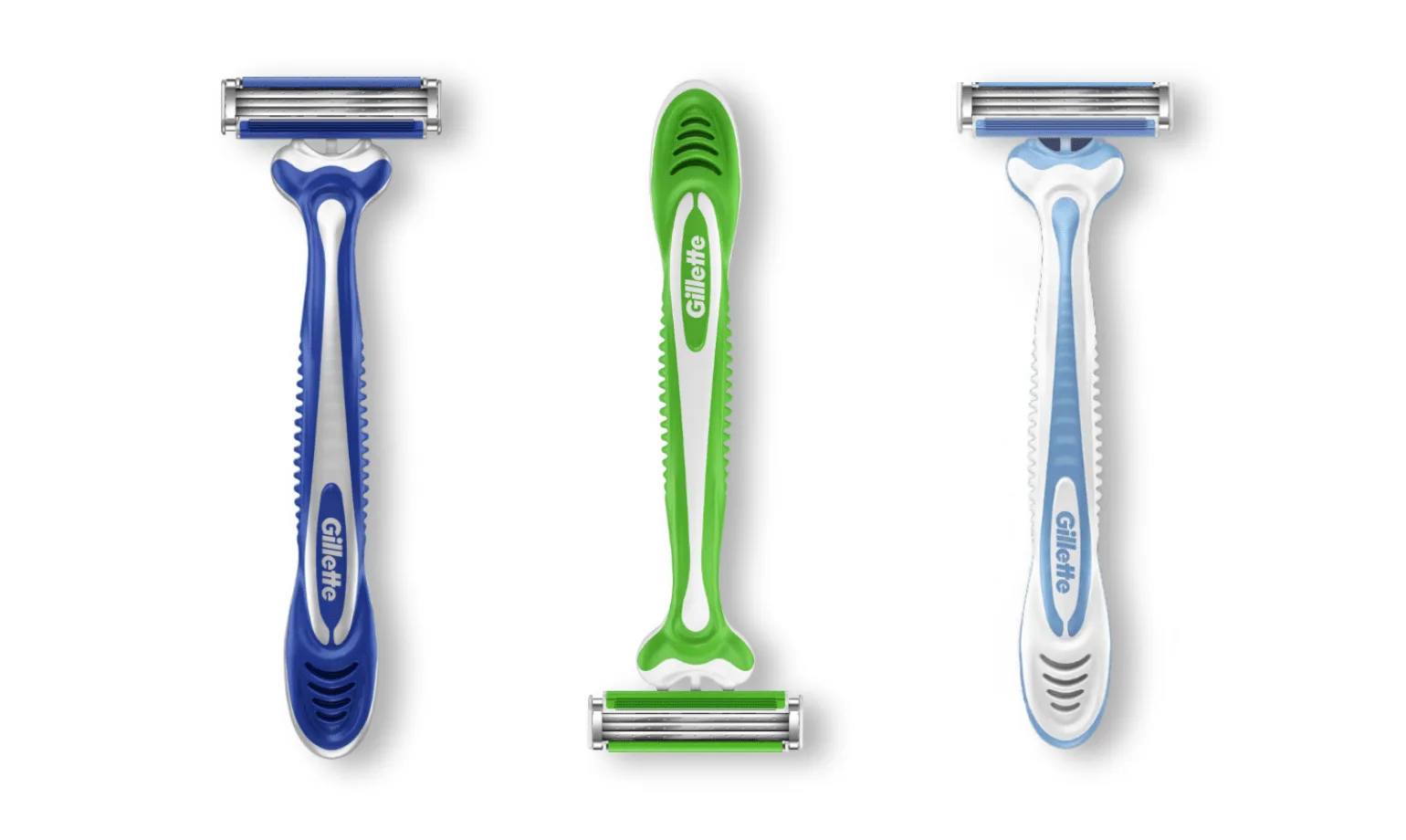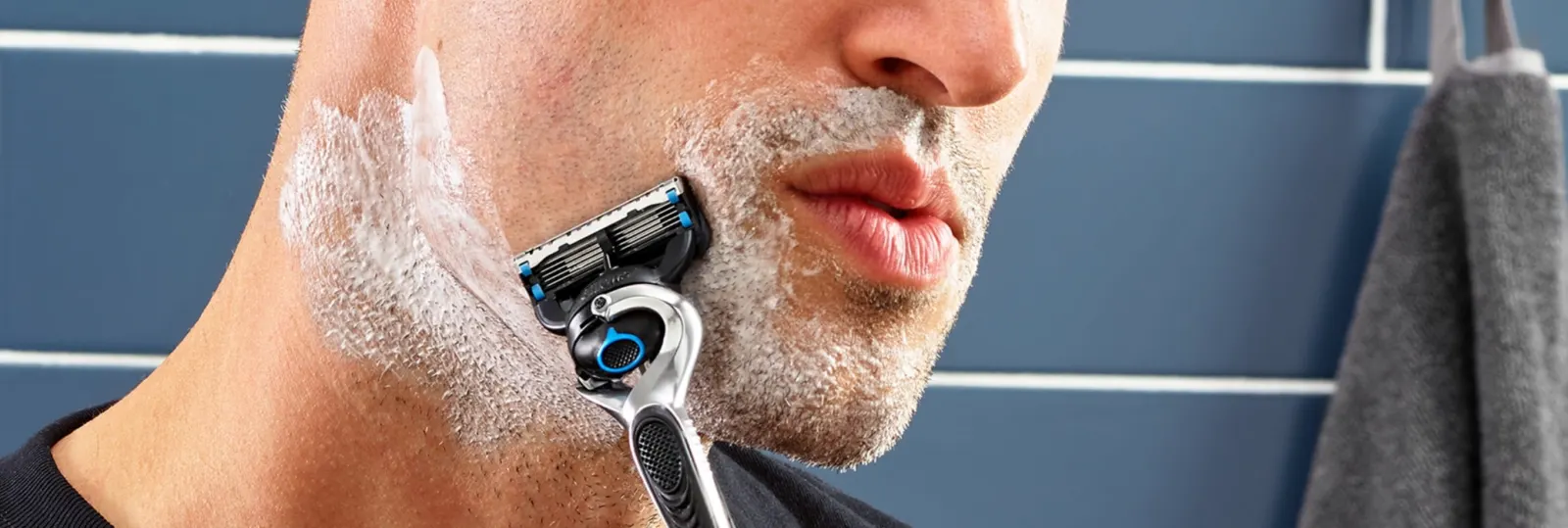Grooming and Getting Rid of Facial Hair
From classic shaving to a method called electrolysis, learn how each method for removing facial hair compares, and how to find what’s best for you.
A guide approaches for facial hair removal
Classic shaving
Fun fact: Shaving does not make the hair grow back darker and thicker, or faster or slower, despite the myths. Shaving for the first time? Let us show you the ropes.

Cons: After shaving, the hair will start to grow back with a blunt tip, which makes it look more noticeable than naturally tapered hair growing in. Also, because the hair cuts above the skin, new hair growth can be seen sooner. Nicks and cuts may be a possibility if shaving with an old, dull, or poor quality razor.
Tips: Wash and exfoliate your skin before shaving, and use a shave prep generously. After your shave, use a moisturizer to keep your skin hydrated and soothed.
Trimming
Here, we’re talking about an electric trimmer, like the King C. Gillette Trimmer.
Pros: When used correctly, removing facial hair with a trimmer can be a pretty easy-going, painless experience. It’s also dry shaving-friendly, if you’re short on time.
Cons: You’re not going to get as close as a shave as with other methods; you’ll likely be left with a little stubble. There is also still a possibility of getting razor burn if you’re not using your trimmer right.
Tips: Don’t press too hard when using a razor so you avoid razor burn.

Electrolysis
For this approach to hair removal, there’s a hint in the name. Electrolysis involves a literal electrical current through a hair follicle, which prevents new hair from growing.
Pros: It’s permanent, and no other method can compete with that. It also works for several different skin and hair types, there’s no maintenance or chemicals, and you don’t need any aftercare or recovery after the procedure.
Cons: You’ll need several sessions to complete the full hair removal process, and you may experience some discomfort or pain. Though rare, there is also a potential for adverse effects like scarring, which is why it’s always important to see a licensed, board-certified dermatologist.
Tips: If you’re curious, get a consultation with a licensed dermatologist. Ice can help with any pain after the process.
Waxing
If you’re not familiar with waxing, the process is what it sounds like. Using melted wax on your skin, these strips are applied to the wax and pulled in the opposite direction of the hair growth, removing hair follicles in the process.
Pros: Because it yanks the hair right from the root, waxing can help you get rid of facial hair for up to four weeks. You’ll need to make sure the hair is at least a quarter inch long before you wax.
Cons: To say the least… ouch. Waxing can also cause ingrown hairs, though exfoliating before and applying moisturizer after can help prevent those bumps. Also, if you use any Retin A in your moisturizer, you’ll want to avoid waxing—it can thin the skin, meaning redness and damage when you wax.
Tips: While you can buy waxing kits to use at home, it’s recommended to go to a professional for this one. Also, make sure they’re using a new stick (which applies the wax) each time, as this can help prevent infection.
Laser hair removal
It sounds high tech, but this method has been around for a while now. It uses heat from a laser to remove hair. The process damages the follicle so it doesn’t grow back as effectively.
Pros: Besides electrolysis, this is the longest lasting hair removal method. It’s also relatively painless compared to methods like waxing.
Cons: This is the most expensive method, and though it’s often marketed as permanent, there’s usually a little hair regrowth. It can also take several sessions to get there.
Tips: Always go to a trained dermatologist for laser hair removal. They might also have some recommended products to help numb your skin during and after the procedure. For your face, the area above the upper lip tends to be the most sensitive to pain, so keep that in mind.
Aftercare for your skin
So what will it be: a close shave with a razor? A date with a laser clinic? Now you know the difference. Find more advice for grooming your facial hair, or our best steps for manscaping other areas.

Was this article helpful?


